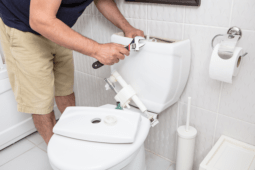10 Tool Hacks Every DIY Enthusiast Should Know
For all the DIY enthusiasts out there, having the right tools is only half the battle. The other half involves knowing how to use these tools in innovative ways to make your projects easier, faster, and more efficient. Whether you’re a seasoned pro or just starting, these 10 cool tool hacks will elevate your DIY game. From repurposing common household items to mastering advanced techniques, these hacks will help you tackle any project with confidence.
Ready to take on life with unshakable confidence? Whether you’re aiming to excel in your career, improve your relationships, or conquer DIY projects, NLP Hero’s Confidence Course is your key to success. Click here to start transforming your confidence and be better at everything you do!
Not only will you save time and effort, but you’ll also find yourself enjoying the process more as you see your creative solutions come to life. This article dives deep into each hack, offering detailed explanations and practical tips to ensure you get the most out of your toolkit. Ready to transform your DIY experience? Read on to discover these clever and super useful tool hacks!
1. PVC Pipe Tool Organizer
Organizing your tools can be a game-changer, and a simple PVC pipe can do wonders for your workspace. Cut PVC pipes into small sections and mount them on a wall or pegboard to create a custom tool organizer. You can use different diameters to fit various tools, such as screwdrivers, pliers, and even paintbrushes.
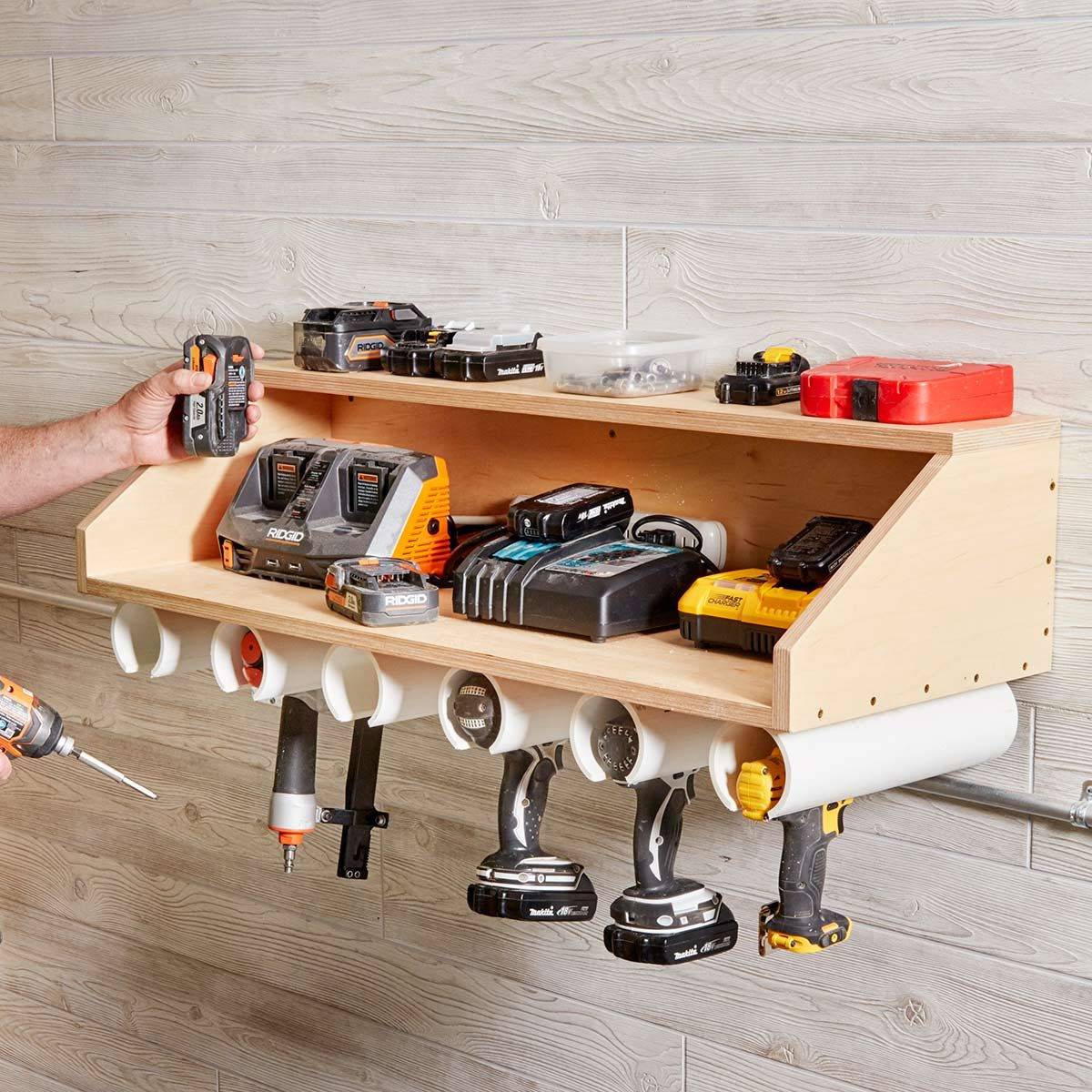
This hack keeps your tools easily accessible and neatly arranged, reducing the time you spend searching for the right tool. Plus, the vertical storage solution maximizes your workspace, making it more efficient and clutter-free.
2. Rubber Band Wrench Grip
Struggling with a stripped screw or a stubborn bolt? A simple rubber band can provide the extra grip you need. Place the rubber band over the head of the screw or bolt and then use your wrench or screwdriver as usual. The rubber band fills in the gaps, giving you better traction and making it easier to turn.
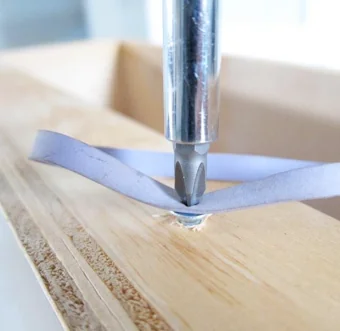
This hack is particularly useful for old or worn-out fasteners and can prevent the frustration of slipping tools. It’s a quick, easy, and cost-effective solution that every DIYer should know.
3. Use a Clothespin to Hold Nails
Hammering nails can be tricky, especially if you’re trying to avoid hitting your fingers. A clothespin can act as a safe and effective nail holder. Simply clamp the clothespin onto the nail and hold the pin instead of the nail while you hammer. This keeps your fingers out of harm’s way and allows you to drive the nail in straight.
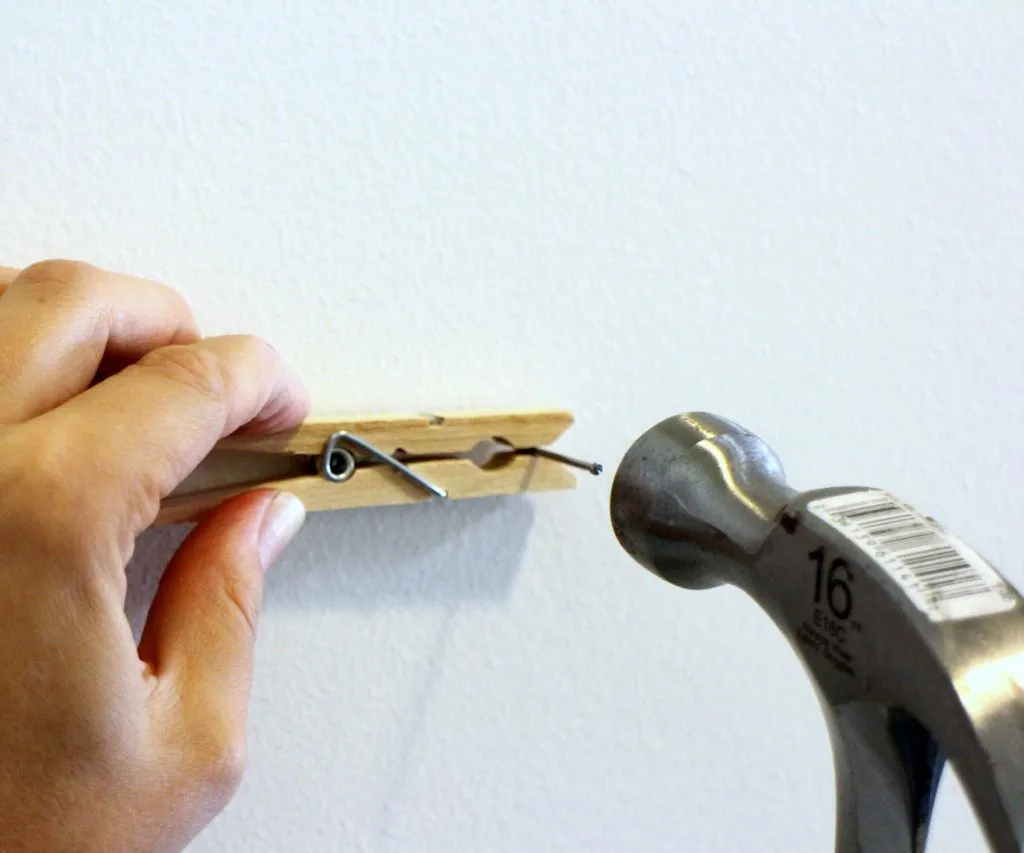
Once the nail is partially in, you can remove the clothespin and finish the job. This hack is particularly useful for beginners or anyone working on delicate projects where precision is key.
4. Drill Depth Stop with Tape
Drilling holes to a specific depth can be challenging without the right equipment. A simple piece of tape can act as a makeshift depth stop. Measure the desired depth on your drill bit and wrap a piece of tape around it at that point. As you drill, the tape will act as a visual indicator, ensuring you don’t go too deep.
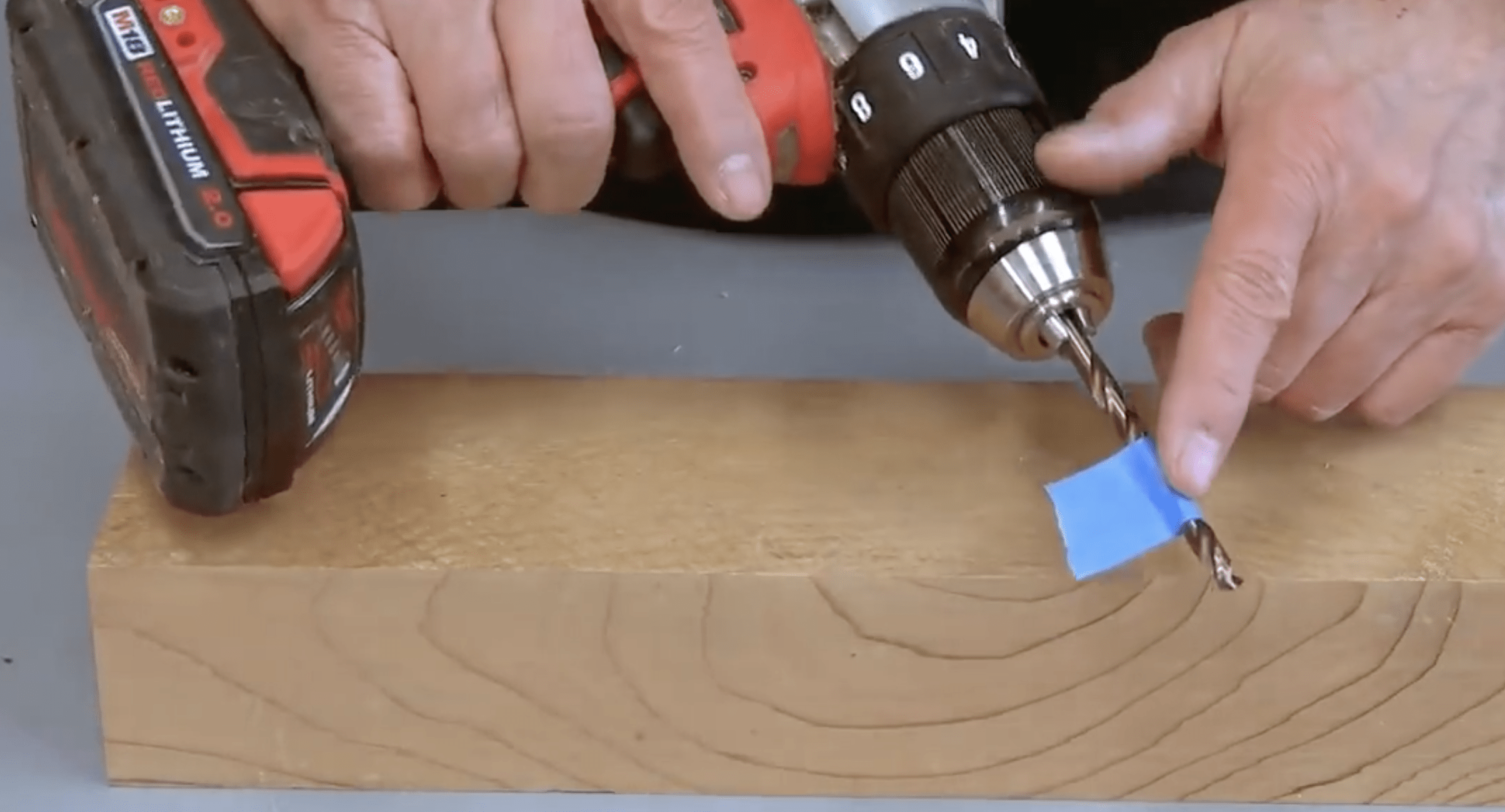
This hack is especially useful for tasks that require precision, such as installing hardware or creating dowel joints. It’s a quick and easy way to achieve professional results without investing in specialized tools.
5. Toothpaste as a Hole Filler
Need to patch up small holes in your walls but don’t have any spackle on hand? Toothpaste can serve as a temporary filler for minor holes and cracks. Simply apply a small amount of white toothpaste into the hole and smooth it out with a putty knife or even a credit card.
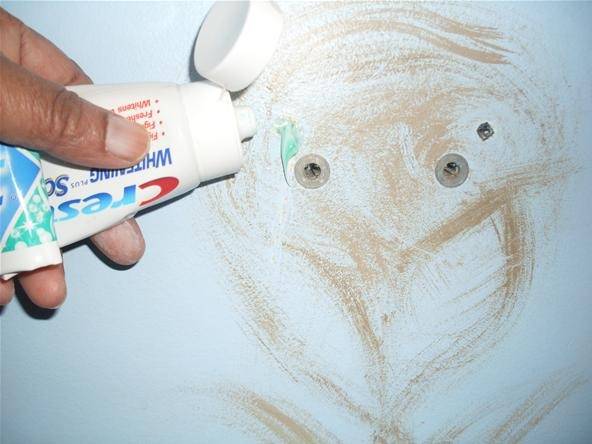
Once the toothpaste dries, you can sand it lightly and paint over it. While this hack is not a permanent solution, it’s a quick fix that works well in a pinch, especially for rental properties where you need to make temporary repairs.
6. Clever Use of a Hot Glue Gun
A hot glue gun is not just for crafting; it can also be a valuable tool in your DIY arsenal. Use hot glue to create non-slip surfaces on your tools. For example, apply a few lines of hot glue to the handles of your screwdrivers or hammers to improve grip.
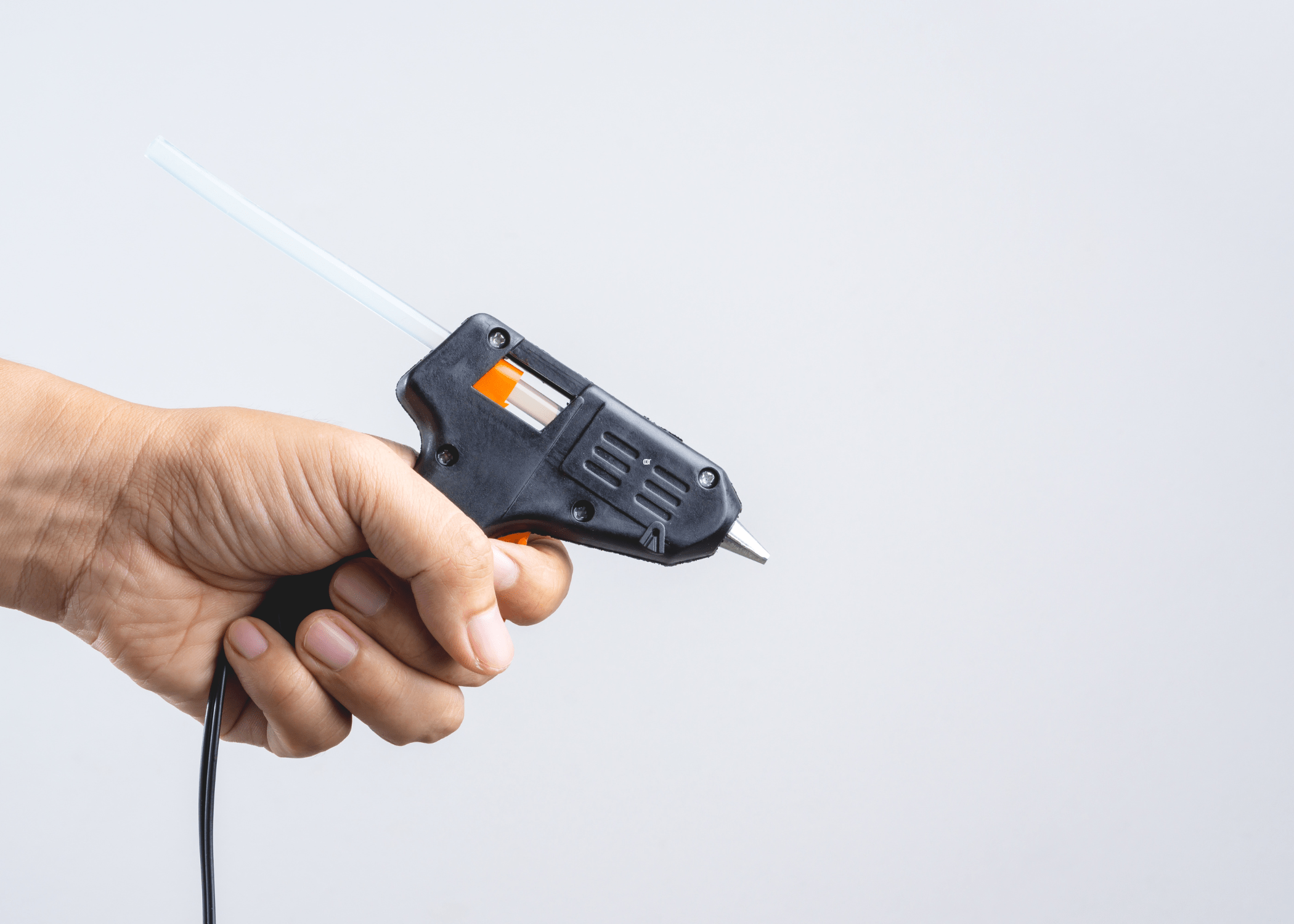
You can also use hot glue to temporarily hold pieces together while you assemble a project, providing extra stability and freeing up your hands. Once the project is complete, the glue can be easily removed. This versatile tool hack adds a layer of functionality to your standard glue gun.
7. Leveling with a Water Bottle
If you don’t have a level on hand, a simple water bottle can serve as an impromptu leveling tool. Fill the bottle about three-quarters full and place it on the surface you need to level.
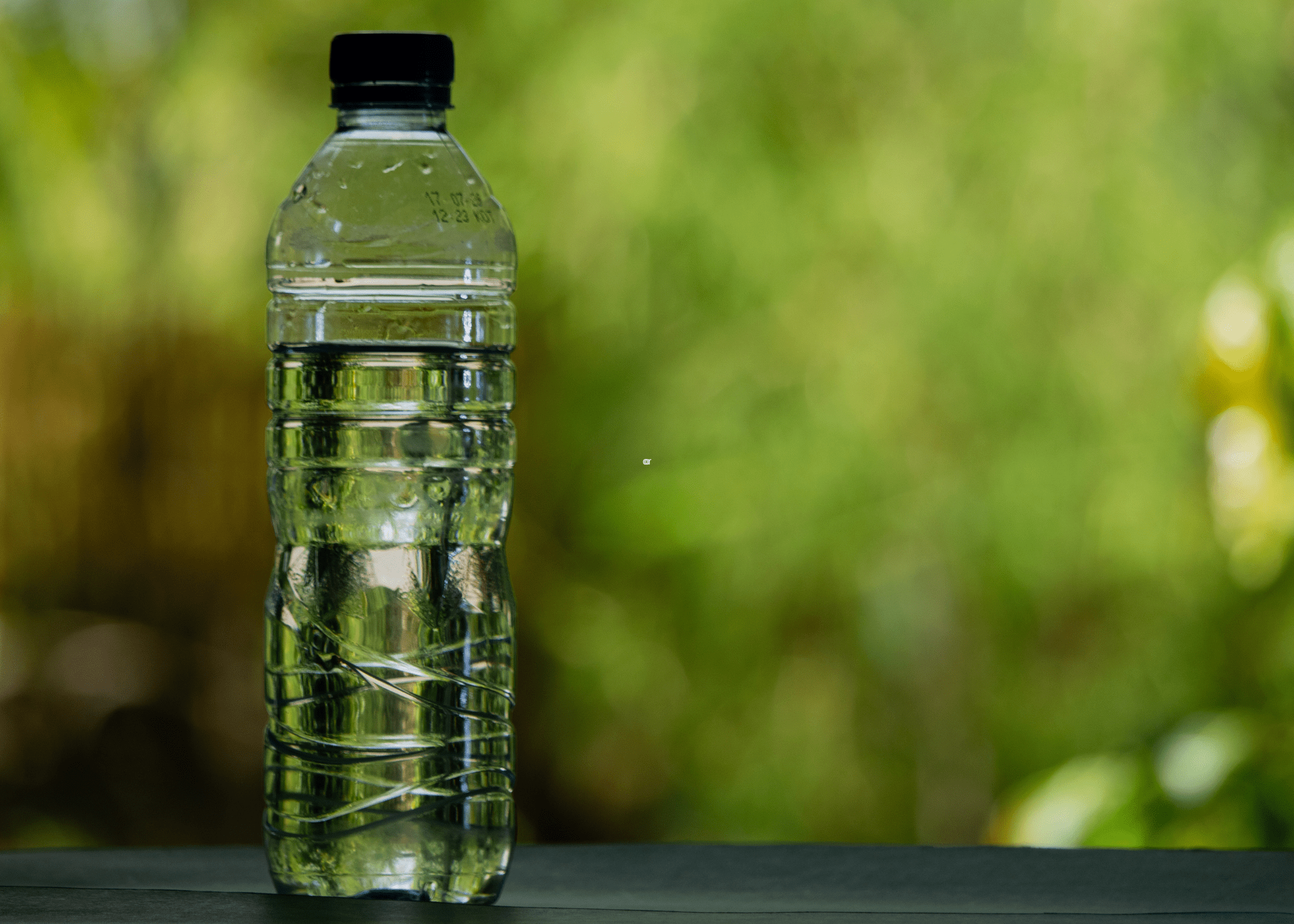
The water line will act as a guide, helping you determine if the surface is even. This hack works well for small projects and can be a lifesaver when you’re in a pinch. It’s a testament to how everyday items can be repurposed to solve common DIY challenges.
8. Sandpaper on a Paint Stirrer
Sanding hard-to-reach areas can be a hassle, but a paint stirrer can simplify the task. Wrap a piece of sandpaper around a paint stirrer and secure it with tape or adhesive. The flat, narrow shape of the stirrer makes it perfect for getting into tight spaces and corners that are difficult to reach with a standard sanding block.
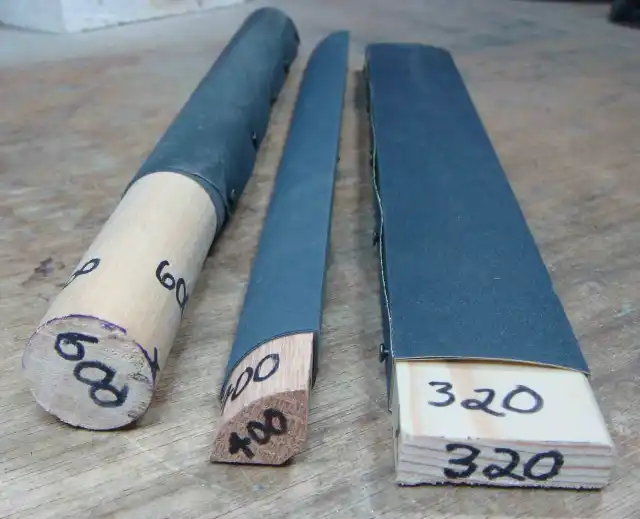
This hack is particularly useful for refinishing furniture or working on detailed woodworking projects. It provides a practical solution for achieving a smooth, even finish in those tricky spots.
9. Keep Paint Fresh with Plastic Wrap
When you’re taking a break from painting, keeping your paint fresh can be a challenge. A simple piece of plastic wrap can help. Place the plastic wrap over the paint can opening before putting the lid back on.
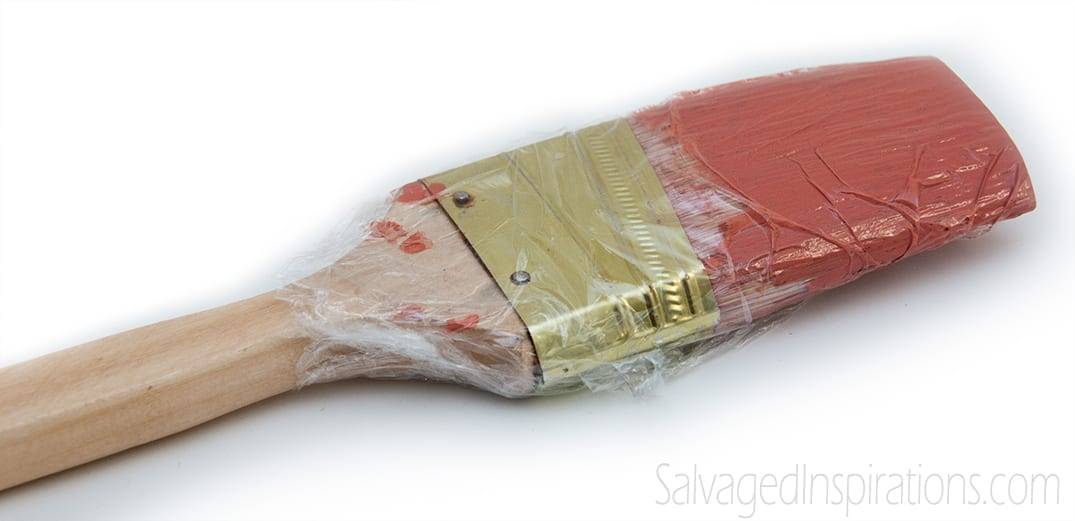
This creates an airtight seal, preventing the paint from drying out. You can also wrap your paintbrushes or rollers in plastic wrap to keep them from hardening between coats. This hack saves time and money by extending the life of your paint and tools, ensuring they are ready to use when you resume your project.
10. Use a Rubber Mallet for Gentle Persuasion
Sometimes, you need to apply force without causing damage, and a rubber mallet is perfect for the job. Unlike a standard hammer, a rubber mallet provides a gentler impact, ideal for assembling delicate pieces or working with materials that can easily dent or scratch.
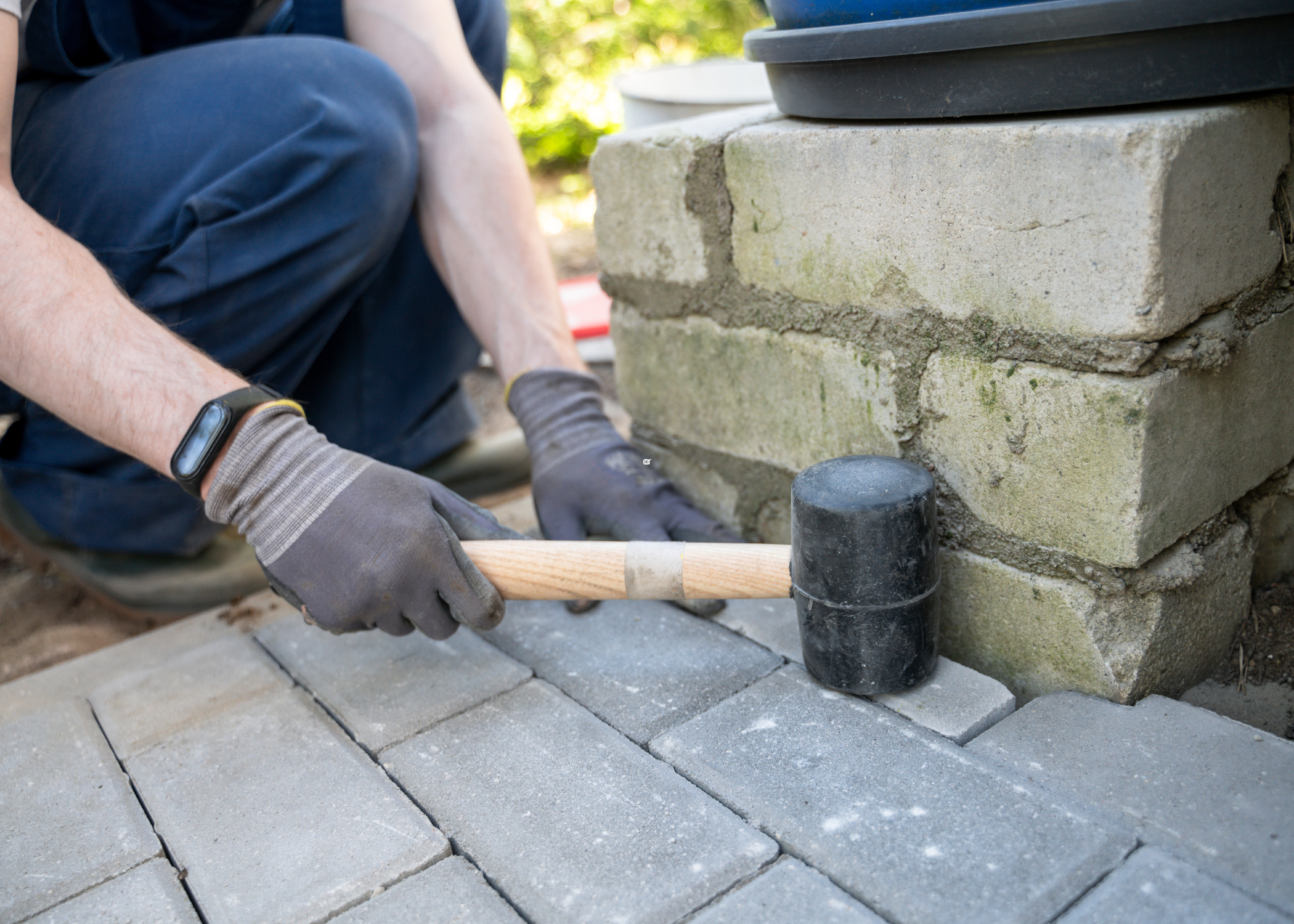
This tool is particularly useful for tasks like fitting joints, setting tiles, or installing laminate flooring. The rubber mallet delivers the necessary force while protecting the integrity of your materials, making it an essential tool for any DIYer.
Related Articles
These 10 cool tool hacks are designed to make your DIY projects more efficient and enjoyable. By incorporating these clever tips into your routine, you’ll be able to tackle a wide range of tasks with ease and confidence. Whether you’re a beginner or a seasoned pro, these hacks will enhance your toolkit and elevate your DIY skills. So, next time you’re faced with a challenging project, remember these innovative solutions and get ready to impress yourself with what you can achieve.
Ready to start your next project? Join our DIY community to receive tool tips, how-to guides, and exclusive creative insights. Subscribe to the ManMadeDIY newsletter now! Click here to unlock a world of hands-on inspiration.









